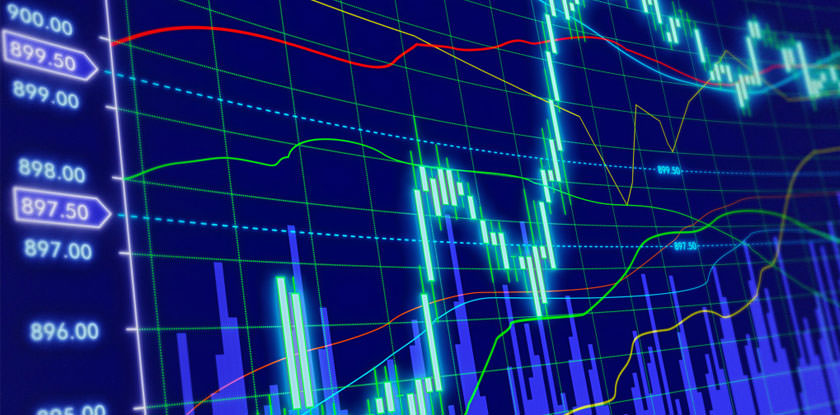What Is Forex Trading? The World's Most Liquid Market

Forex (Foreign Exchange Market) is the market where currencies from around the world are exchanged through an exchange rate, which is the mechanism that allows knowing the value of one currency in terms of another.
Forex involves millions of investors worldwide every day: from banks to companies to small savers. In fact, any economic transaction carried out by operators of different nationalities must necessarily go through the purchase and sale of a currency. For example, if a European citizen intends to purchase an American product, they will have to sell euros and simultaneously buy US dollars to pay for it.
Forex's ability to attract capital makes it the most liquid market in the world, much more than all US stock markets combined! In fact, the daily turnover today is around 4,000 billion dollars, although transactions are increasing every day. It must be said that of this incredible volume, 90% is purely speculative in nature.
Forex is essentially an over-the-counter market, meaning it cannot be precisely located in a specific financial center. There is no regulated market or clearing house: transactions take place directly between two counterparties, which are banks and brokers. This characteristic of Forex means that there are no official prices.
However, everyone can know the trend of an exchange rate at any time, as transactions are recorded and communicated worldwide thanks to the main international news circuits, such as Reuters and Bloomberg. On the OTC market, spot (i.e., cash), forwards (forward exchange rates), swaps, and options are traded. It is a market dominated by large investment banks, which trade on their own behalf or on behalf of their clients: we are talking about banks of the caliber of Deutsche Bank, UBS, Barclays Capital, Royal Bank of Scotland, and Citigroup, just to mention the main banks that move capital in this market. Alongside the OTC market, there is also a sort of parallel market, namely the regulated one, where currency futures and options are traded. In this case, there is the market filter through a clearing house, which will deal with compliance with contractual obligations. The prices are official and cannot differ between one broker and another, as on the OTC. Furthermore, contracts are standardized.
In addition to banks and broker-dealers, we find other operators who may have interests on Forex ranging from hedging to speculation, but also objectives of a macroeconomic nature: central banks, companies, investors, speculators.
Central banks have the task of ensuring the stability of an exchange rate in order to limit its volatility, but also to pursue specific monetary policy objectives. For example, in the case of the earthquake in Japan on March 11, 2011, a few days after the earthquake, the Bank of Japan (i.e., the Japanese Central Bank) organized an open market intervention - together with the other major world banks - to avoid an excessive strengthening of the yen following a rapid repatriation of capital by companies and insurance companies. The concerted action of the various central banks, in the order of hundreds and hundreds of billions of dollars, pushed the yen down and convinced investors to sell the Japanese currency on expectations of new open market interventions. However, a central bank intervention is not always successful in relation to its objectives. This is the case of the Swiss National Bank, i.e., the Swiss Central Bank, which during 2009 and 2010 tried several times to stop the formidable run of the Swiss franc against the main world currencies but without success. In the end, the SNB paid a very high price: tens of billions of Swiss francs to be recorded in the balance sheet as operating losses.
Multinational companies, also labeled on Forex as "commercials," are by nature subject to foreign currency transactions. These companies pursue hedging objectives in order to lock in a convenient price for the next few weeks or months and to have a easily estimable capital flow in business forecasting processes. The goal, therefore, is to eliminate exchange rate risk.
Investors are those who request foreign currency to purchase foreign securities or to make direct investments abroad (usually in companies). There is also a more sophisticated category of investors who exclusively pursue short-to-medium-term profit objectives through speculative operations on exchange rates. These are the so-called large traders, i.e., all institutional investors who manage masses of hundreds of billions of dollars for speculative purposes, such as hedge funds and proprietary traders. Finally, again among investors, we find small savers classified as small speculators. These are the so-called "cattle park," i.e., private traders who have a few thousand (sometimes only a few hundred) euros, almost always struggling to compete in the market with highly capitalized traders. After all, the statistics speak clearly: 90% of small traders lose money.
How does the rest manage to earn? Through quality training (to equip themselves with a good technique), tactical sense in setting strategies, discipline in risk management, and a lot of patience during physiological negative moments.



